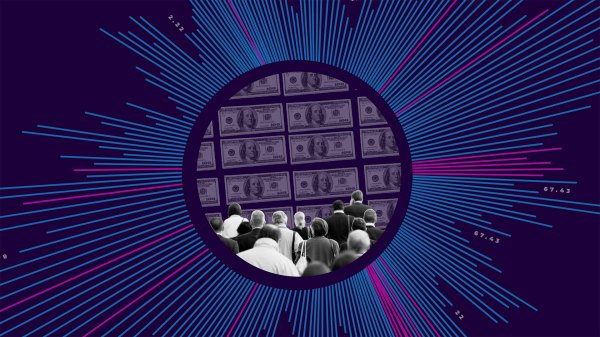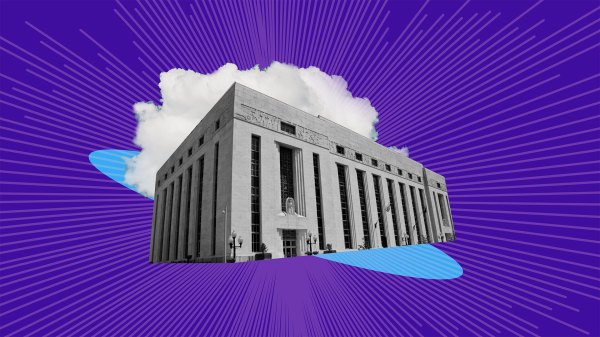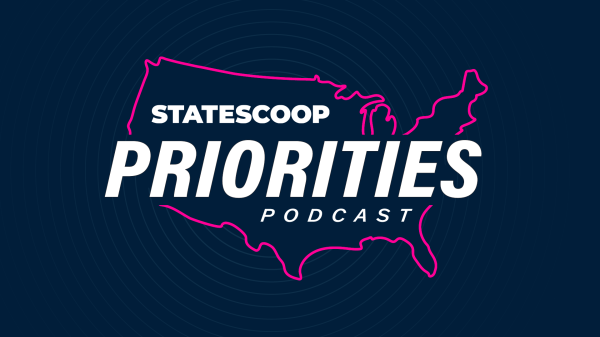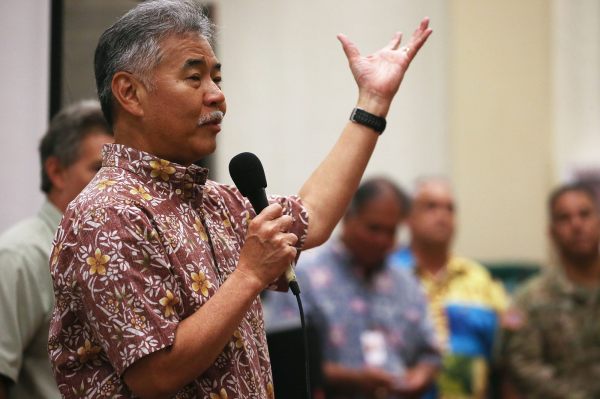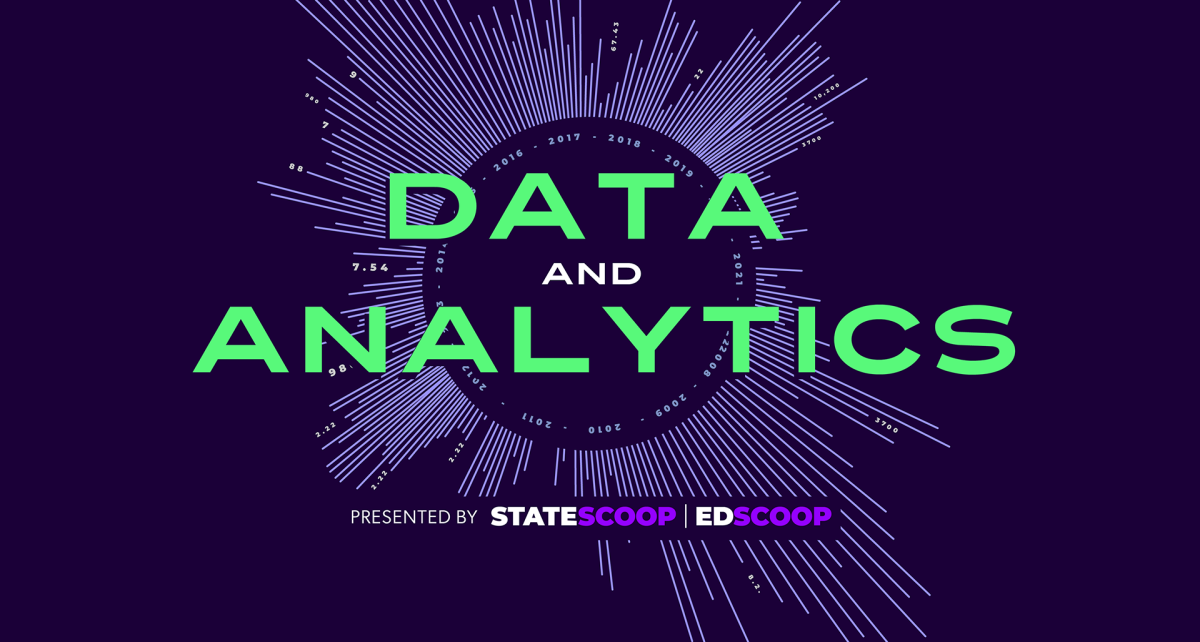
Data and Analytics (2022)
Data analytics has played a central role in how states and local governments respond to the COVID-19 pandemic, but it seems unlikely that interest in data will fade anytime soon.
A majority of states now employ a chief data officer, and where there’s turnover, the position is getting refilled. Data teams are growing in size and more governors are acknowledging the primacy of data as they allocate resources.
States are using data to guide policies on opioids, pandemic response and to help people find jobs. When placed in numerical terms, the upside to data is impressive — a 2018 McKinsey study estimated governments worldwide stand to gain $1 trillion from analytics investments.
But quantifying all the ways that data can help is harder — data is guiding policies in ways that can never be fully tabulated. “What’s the ROI?” said Harvard University Ash Center’s Jane Wiseman. “How can you possibly measure it?”
But a lack of clarity on data’s precise degree of impact isn’t slowing down public-sector leaders. Cities are relying on data academies and project-based learning to advance their use of data as they tackle challenges like homelessness. Universities, meanwhile, are increasingly relying on data to understand the mental-health challenges facing students and how their therapy centers can rally resources.
Tyler Kleykamp, who heads the State Chief Data Officers Network, says the most recent trend data shows that, in government, data has staying power.
“The role is here, it continues to grow, it continues to evolve, but it really starts to feel like it’s a thing that’s here to stay,” he said.


